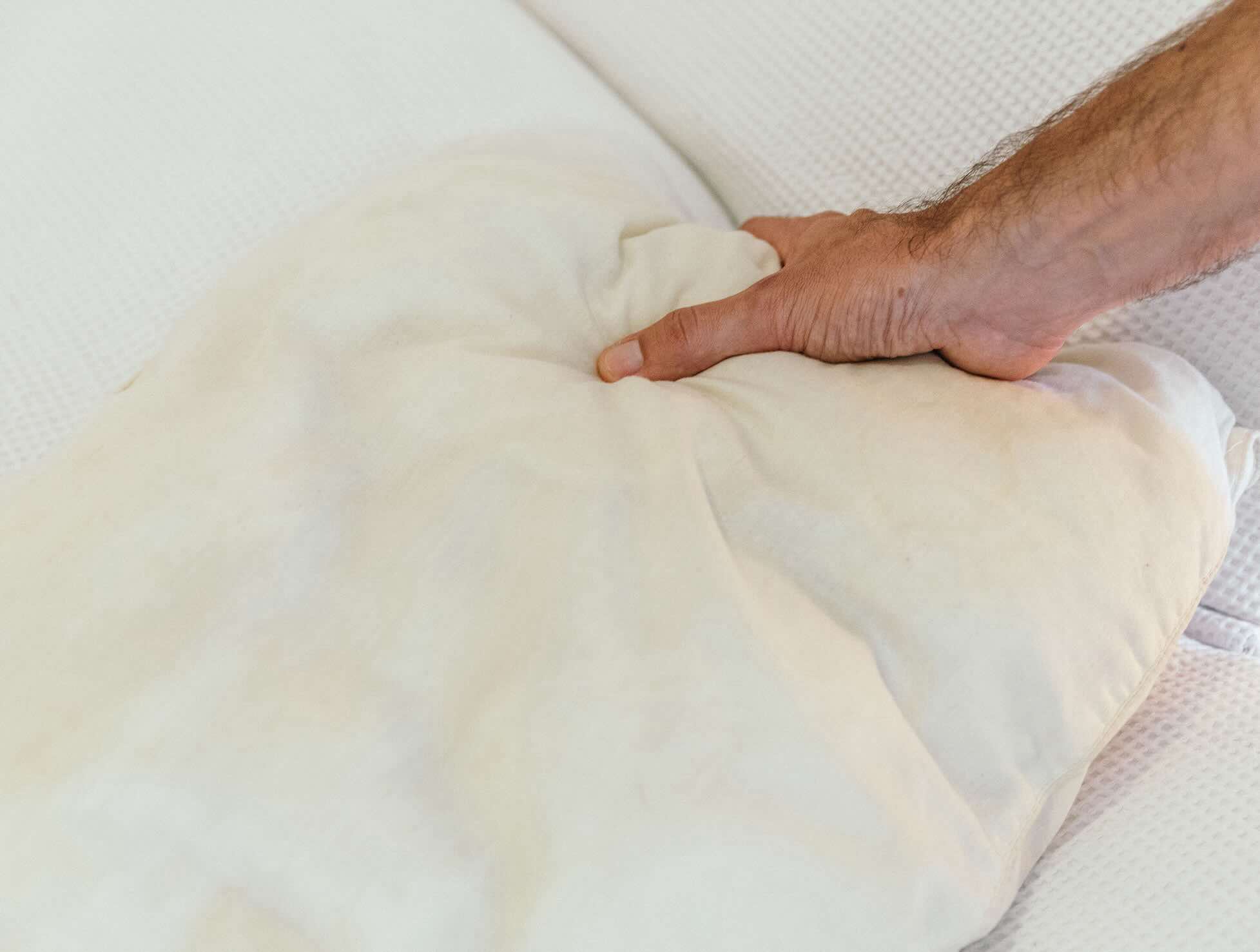

Articles
How To Wash Pillows With Baking Soda
Modified: October 27, 2024
Learn how to wash pillows using baking soda with these informative articles. Discover the best techniques and tips for cleaning and maintaining your pillows for a fresh and comfortable sleep.
(Many of the links in this article redirect to a specific reviewed product. Your purchase of these products through affiliate links helps to generate commission for Storables.com, at no extra cost. Learn more)
Introduction
When it comes to maintaining a clean and healthy home, we often focus on cleaning surfaces, floors, and linens. However, we may overlook an essential item that requires regular cleaning – pillows. Yes, pillows are not only crucial for a good night’s sleep, but they also accumulate dirt, sweat, dead skin cells, and even dust mites over time. This buildup can impact the quality of your sleep and potentially lead to allergies or respiratory issues.
Washing pillows may seem like a daunting task, especially if you’ve never done it before. But fear not! In this article, we will guide you on how to wash pillows effectively, using a simple and natural ingredient – baking soda. Not only will this method help remove dirt and odors, but it will also leave your pillows feeling fresh and rejuvenated.
So, let’s dive in and discover the steps to ensure your pillows are clean, hygienic, and ready to provide you with restful nights of sleep.
Key Takeaways:
- Regularly washing pillows with baking soda maintains cleanliness, eliminates allergens, removes odors, and preserves pillow quality, contributing to a healthier sleep environment and prolonged pillow lifespan.
- Properly preparing, washing, and drying pillows with baking soda ensures effective cleaning, leaving them fresh, fluffy, and ready to provide a comfortable and hygienic sleeping experience.
Read more: How To Clean Washer With Baking Soda
Why Wash Pillows?
Although it may not be immediately apparent, pillows require regular cleaning just like any other household item. Here are a few reasons why it’s essential to wash your pillows:
- Maintaining cleanliness: Pillows, especially ones used for sleeping, come in contact with our skin, hair, and sweat. Over time, they accumulate dust, dead skin cells, and even bacteria. Washing your pillows helps ensure that you’re resting your head on a clean and hygienic surface.
- Eliminating allergens: Dust mites are microscopic creatures that thrive in warm and humid environments. They can be found in pillows and bedding, and their droppings can trigger allergies or asthma. Regular washing of pillows can help eliminate these dust mites and reduce the risk of allergic reactions.
- Removing odors: Pillows can develop unpleasant odors over time from sweat, body oils, and other factors. Washing them with the right techniques can help eliminate these odors, leaving your pillows smelling fresh and clean.
- Preserving pillow quality: Regular washing and care can extend the lifespan of your pillows. It helps maintain their shape and fluffiness, ensuring that they provide optimum comfort and support for a longer period.
By incorporating pillow washing into your cleaning routine, you can create a healthier sleeping environment and prolong the life of your pillows. Now that you understand the importance of washing pillows, let’s move on to the materials you’ll need to get started.
Materials Needed
Before diving into the process of washing your pillows, gather the following materials:
- Pillows: Identify the pillows you want to wash. Check the care label to ensure they are machine washable. Some pillows may require hand washing or dry cleaning.
- Baking soda: This versatile ingredient will help remove odors, freshen the pillows, and enhance the cleaning process.
- Detergent: Choose a mild detergent suitable for delicate fabrics. Avoid using bleach or harsh chemicals on your pillows, as they can damage the fibers.
- Washing machine: If your pillows are machine washable, make sure you have access to a front-loading washing machine, as they are generally more gentle on pillows than top-loading machines.
- Dryer or drying rack: For drying the pillows, you’ll need either a dryer with a gentle setting or a drying rack to air dry them.
- Pillow protectors (optional): Consider using pillow protectors to shield your pillows from stains, spills, and dust. These are separate pillow covers that can be easily removed and washed.
Once you have gathered these materials, you’re ready to begin the process of washing your pillows. In the next section, we will outline the step-by-step instructions for achieving clean and fresh pillows using baking soda as a natural cleaner.
Step 1: Removing the Pillowcases
The first step in washing your pillows is to remove the pillowcases. Most pillowcases are machine washable, so you can include them in the same wash cycle. However, if the pillowcases require special care or have delicate embellishments, follow the care instructions provided.
Start by unzipping or unbuttoning the pillowcases and carefully remove them from the pillows. Shake them out to remove any loose debris or dirt. If there are any visible stains on the pillowcases, pre-treat them with a stain remover before washing.
Once the pillowcases are separated, set them aside to be washed according to their specific care instructions. For most pillowcases, a gentle cycle with mild detergent should suffice. Remember to wash them with similar colors to avoid any color bleeding or fading.
Now that you have removed the pillowcases, you can move on to preparing the pillows for washing. This involves a few easy steps to ensure effective cleaning and protection of your pillows. Let’s proceed to the next step!
Step 2: Preparing the Pillows
Before you toss your pillows into the washing machine, it’s important to prepare them properly. Follow these steps to ensure the best results:
- Check the care labels: Examine the care labels on your pillows to determine if they are machine washable. Some pillows may need to be hand-washed or dry cleaned. If machine washing is allowed, note any specific instructions or precautions mentioned.
- Inspect for damage: Take a quick look at your pillows to check for any tears, loose seams, or damaged filling. If you notice any significant damage, it may be best to replace the pillow rather than wash it.
- Fluff and loosen: Give your pillows a gentle shake and fluffing to loosen any compressed areas. This will help the pillows absorb water and detergent more effectively during the washing process.
- Consider using a pillow protector: If your pillows don’t already have them, consider investing in pillow protectors. These can act as a barrier against sweat, oils, and stains, making the pillow cleaning process easier in the future.
- Place in the machine: Depending on the size of your washing machine and the number of pillows, you may need to wash them in batches. It’s important not to overcrowd the machine, as this can prevent proper cleaning and rinsing.
By properly preparing your pillows, you’ll ensure that they are ready for a thorough cleaning. Now that your pillows are prepped, it’s time to move on to the next crucial step – actually washing the pillows!
To wash pillows with baking soda, start by removing the pillowcase and placing the pillows in the washing machine. Add a 1/2 cup of baking soda along with your regular detergent and wash on a gentle cycle. Then, tumble dry on low heat until completely dry.
Step 3: Washing the Pillows
Once you have prepared your pillows, it’s time to start the washing process. Follow these steps to effectively clean your pillows:
- Select the appropriate washing machine settings: Consult the care labels on your pillows for specific instructions regarding water temperature and cycle type. In general, use a gentle or delicate cycle with cold or warm water for most pillows.
- Add detergent: Measure the appropriate amount of mild detergent according to the instructions on the product. Avoid using too much detergent, as this can leave a residue on your pillows.
- Include baking soda: To enhance the cleaning power and eliminate any odors, add 1/2 cup to 1 cup of baking soda to the washing machine. Baking soda acts as a natural deodorizer and helps to break down stains.
- Place the pillows in the washing machine: Carefully place the pillows in the machine, making sure they are evenly distributed and not overcrowded. This allows the pillows to be thoroughly cleaned and rinsed.
- Start the wash cycle: Close the lid or door of the washing machine and begin the selected wash cycle. Allow the machine to complete the entire cycle, including the rinsing process, to ensure all detergent and baking soda are removed.
It’s worth noting that different types of pillows may have varying requirements for washing. For example, down or feather pillows may require an extra rinse cycle to ensure the removal of all soap residue. Always refer to the care instructions provided by the manufacturer for the best results.
With the washing step complete, it’s time to move on to drying your pillows. Let’s explore the next step in the process!
Step 4: Drying the Pillows
After washing your pillows, it’s crucial to properly dry them to maintain their shape and prevent the growth of mold or mildew. Follow these steps to effectively dry your pillows:
- Read the care labels: Consult the care labels on your pillows for specific instructions regarding drying methods. Some pillows may be safe to tumble dry on a low heat setting, while others may require air drying.
- Tumble drying: If your pillows are safe to tumble dry, place them in the dryer along with a couple of clean tennis balls or dryer balls. These will help fluff the pillows and prevent clumping. Use a low heat setting and avoid excessive heat, as it can damage the filling and fabric.
- Air drying: If air drying is recommended, find a well-ventilated area where you can lay the pillows flat or hang them. Rotate the pillows every few hours to ensure even drying. This method may take longer, but it’s gentler on the pillows.
- Ensure complete drying: Regardless of the drying method used, it’s crucial to ensure that the pillows are completely dry before using or storing them. Moisture can lead to mold and unpleasant odors. If needed, leave the pillows to dry for an extended period or use a fan to speed up the drying process.
Remember that the drying time can vary depending on factors such as the type of filling and the climate in your area. Patience is essential to ensure thoroughly dried pillows before use.
Once your pillows are dry, it’s time to give them a final fluff and put them back into their pillowcases. Let’s move on to the last step of the process!
Step 5: Fluffing and Replacing the Pillowcases
Now that your pillows are clean and dry, it’s time to give them some final attention before putting them back on your bed. Follow these steps to fluff your pillows and replace the pillowcases:
- Fluff the pillows: Give your pillows a gentle fluff by squeezing and kneading them. This helps redistribute the filling and restores their shape. Fluffing the pillows also ensures they are comfortable and supportive when you lay your head on them.
- Replace the pillowcases: Take the washed and dried pillowcases and carefully slip them back onto the pillows. Make sure to align the corners and secure any buttons or zippers. If you use pillow protectors, put them on before adding the pillowcases for extra protection.
- Enjoy your clean and fresh pillows: With the pillows fluffed and the pillowcases replaced, your clean and fresh pillows are ready to provide you with a comfortable and hygienic sleeping experience. Enjoy a restful night’s sleep knowing that you have taken the necessary steps to maintain the cleanliness of your pillows.
Remember, regular pillow maintenance is crucial for their longevity and your well-being. Consider washing your pillows every six months to remove dirt, sweat, and allergens. Additionally, ensure that you replace your pillows every 1-2 years or as recommended by the manufacturer to maintain their support.
By following the steps outlined in this article and using baking soda as a natural cleaning agent, you can easily and effectively wash your pillows, keeping them fresh and providing you with a clean sleeping environment. So, go ahead and give your pillows the care they deserve!
If you have any tips or precautions you’d like to share or any additional questions, feel free to leave them in the comments below. Happy washing!
Tips and Precautions
As you embark on the journey of washing your pillows, keep the following tips and precautions in mind for a successful and safe cleaning process:
- Read the care labels: Always check the care labels on your pillows for specific instructions regarding washing and drying methods. Following these instructions will help preserve the quality and lifespan of your pillows.
- Use the right amount of detergent: Using too much detergent can leave residue on your pillows, while using too little may not effectively remove dirt and odors. Measure the appropriate amount based on the detergent’s instructions.
- Choose the right washing machine setting: Select a gentle or delicate cycle with cold or warm water, depending on the care instructions. Avoid using hot water, as it can damage certain types of pillows.
- Avoid using fabric softener: Fabric softeners can leave a residue on your pillows, potentially causing them to feel less comfortable over time. Skip the fabric softener and rely on the baking soda for natural freshness.
- Consider spot treating stains: If your pillows have stubborn stains, consider spot treating them with a gentle stain remover or a mixture of baking soda and water before washing them. This can help lift the stains more effectively.
- Air out the pillows: Periodically, take your pillows outside and allow them to air out in direct sunlight. Sunlight helps kill any remaining bacteria and freshens the pillows naturally.
- Refluff your pillows regularly: To maintain the pillows’ shape and even distribution of filling, give them a gentle fluffing between washes. This helps to prevent clumping and ensures maximum comfort.
- Consider pillow protectors: Using pillow protectors can help shield your pillows from spills, stains, and dust. They act as an extra layer of protection and make the washing process easier in the future.
- Replace your pillows when necessary: Even with regular washing, pillows will eventually lose their shape and support. If your pillows feel flat or no longer provide proper comfort, it is time to invest in new ones.
By following these tips and precautions, you can enhance the longevity and cleanliness of your pillows, ensuring that they continue to provide you with a restful and healthy sleep environment.
Now that you are equipped with all the knowledge and steps necessary to wash your pillows with baking soda, go ahead and give your pillows the much-needed cleaning they deserve. Enjoy the fresh and rejuvenated pillows for a better night’s sleep!
If you have any further questions or tips of your own, feel free to share them in the comments below. Sleep well!
Read more: Where To Put Baking Soda In Washing Machine
Conclusion
Keeping your pillows clean is an essential part of maintaining a healthy and hygienic sleep environment. By following the simple steps outlined in this article and using baking soda as a natural cleaning agent, you can easily wash your pillows and ensure they remain fresh, fluffy, and free from dirt and odors.
Regular washing of your pillows helps remove accumulated sweat, dead skin cells, and dust mites, ensuring that you have a clean and comfortable surface to rest your head on. Additionally, washing your pillows can help eliminate odors, reduce allergens, and prolong the lifespan of your pillows.
Remember to always check the care labels on your pillows for specific instructions on washing and drying methods. Use a mild detergent and consider adding baking soda for its deodorizing and stain-removing properties. Whether you choose to tumble dry or air dry your pillows, ensure they are completely dry before using or storing them to prevent the growth of mold or mildew.
By incorporating regular pillow washing into your cleaning routine, you not only contribute to a healthier sleep environment but also enhance the durability and comfort of your pillows. So, take the time to give your pillows the care they deserve and enjoy a rejuvenated and restful night’s sleep on your freshly washed pillows.
If you have any additional questions, tips, or experiences you’d like to share, please leave a comment below. Sleep well and enjoy your clean and cozy pillows!
Frequently Asked Questions about How To Wash Pillows With Baking Soda
Was this page helpful?
At Storables.com, we guarantee accurate and reliable information. Our content, validated by Expert Board Contributors, is crafted following stringent Editorial Policies. We're committed to providing you with well-researched, expert-backed insights for all your informational needs.
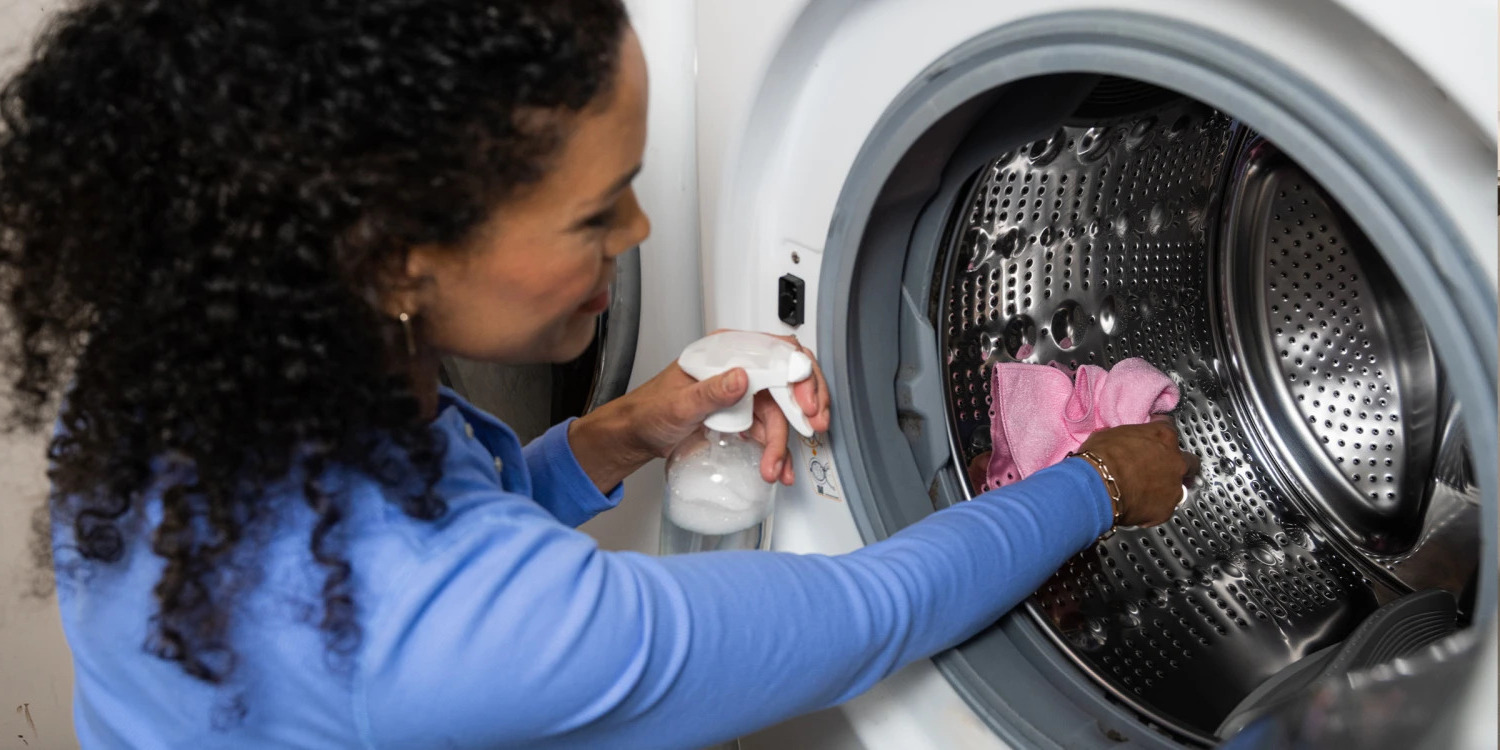
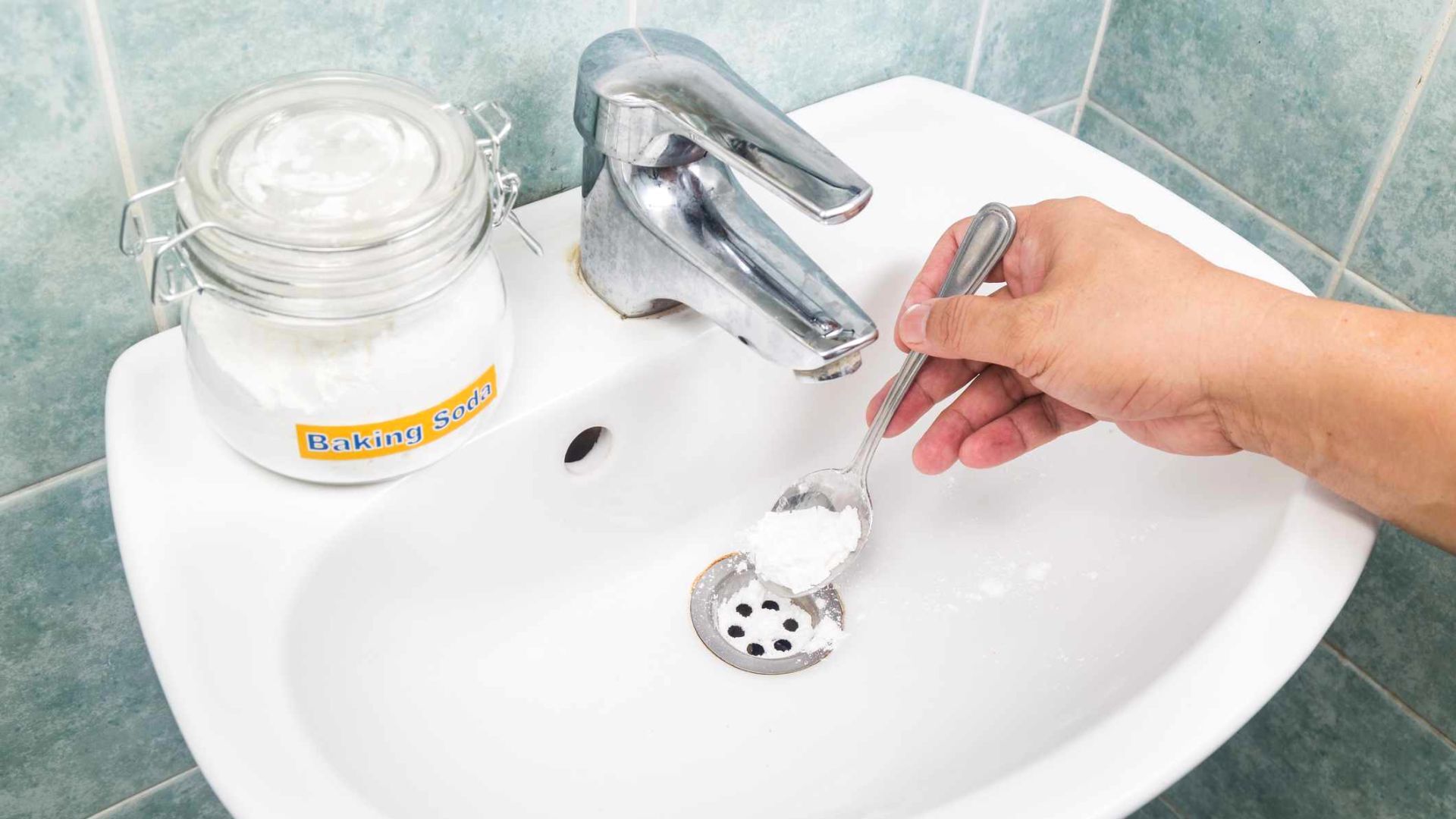
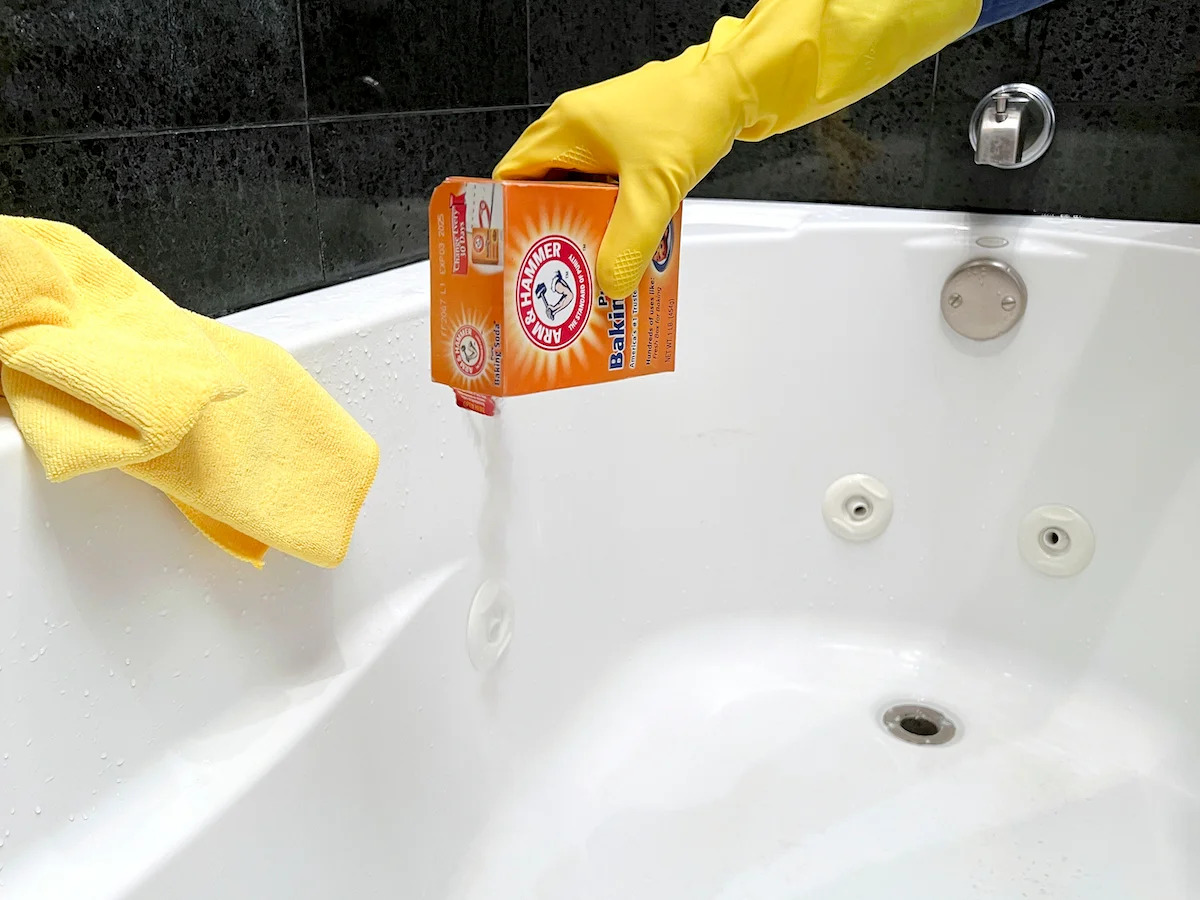
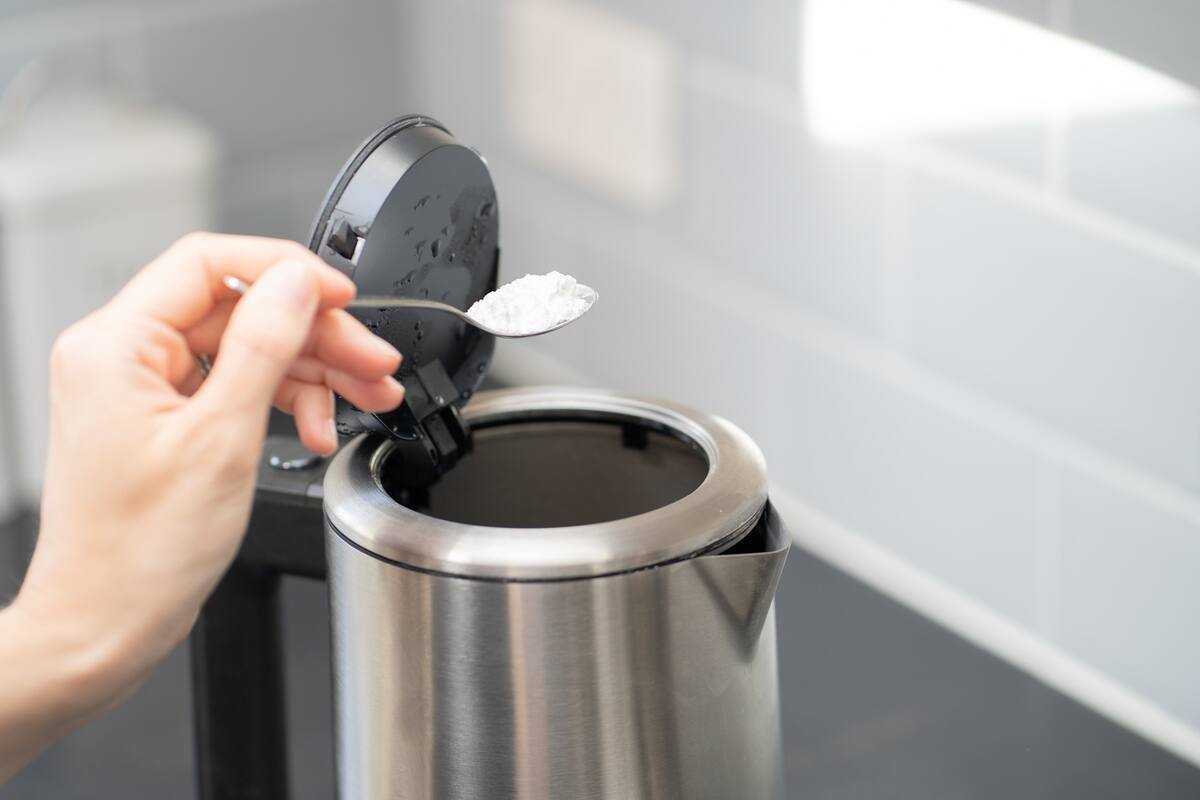
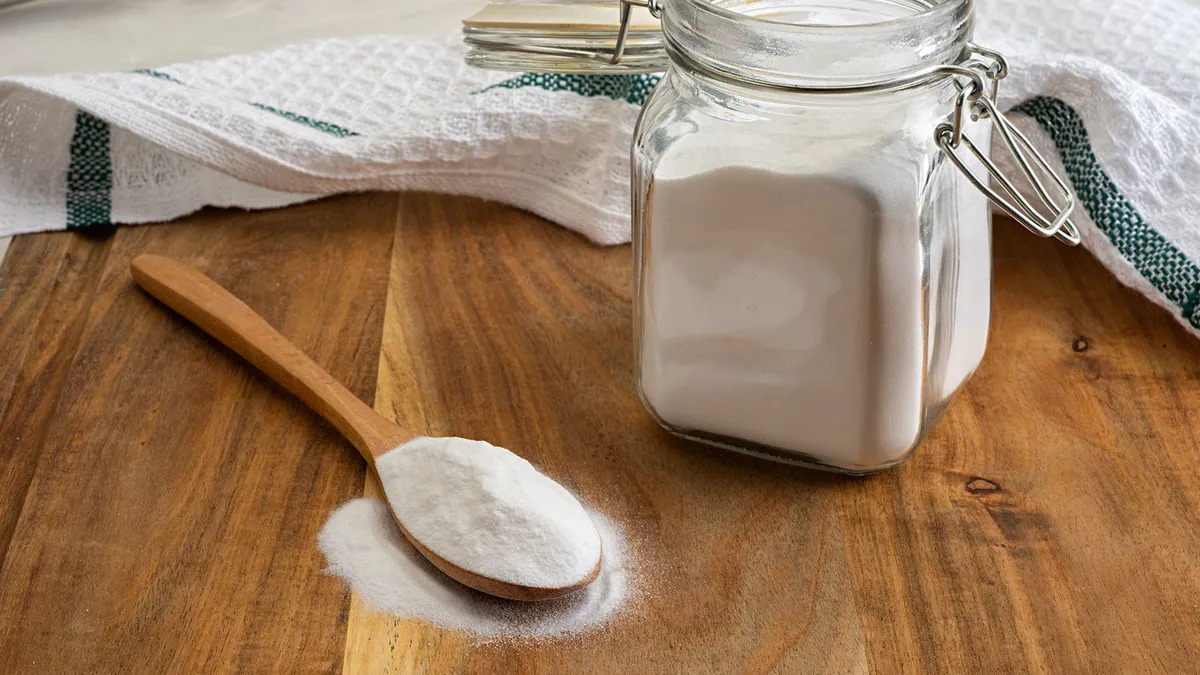
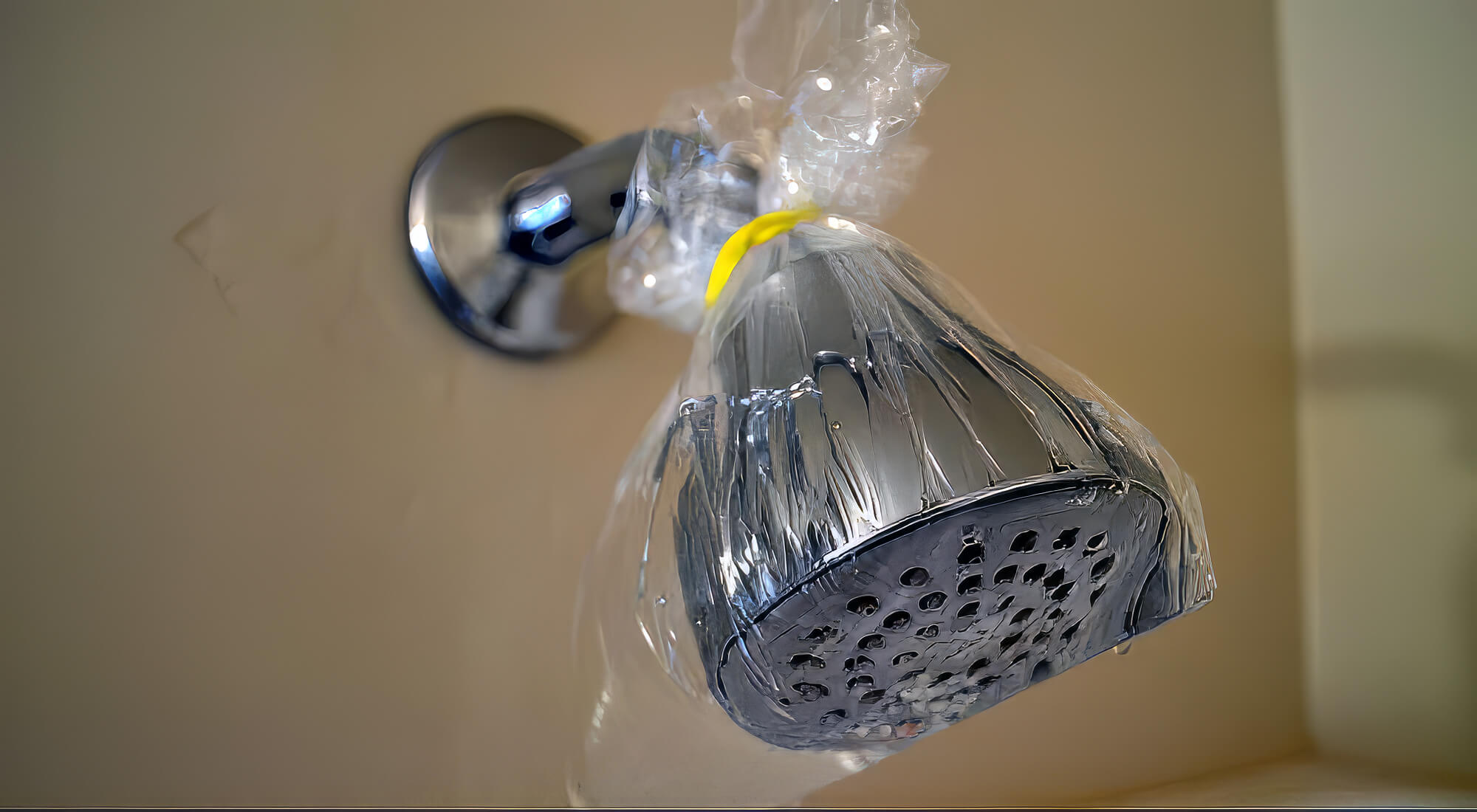
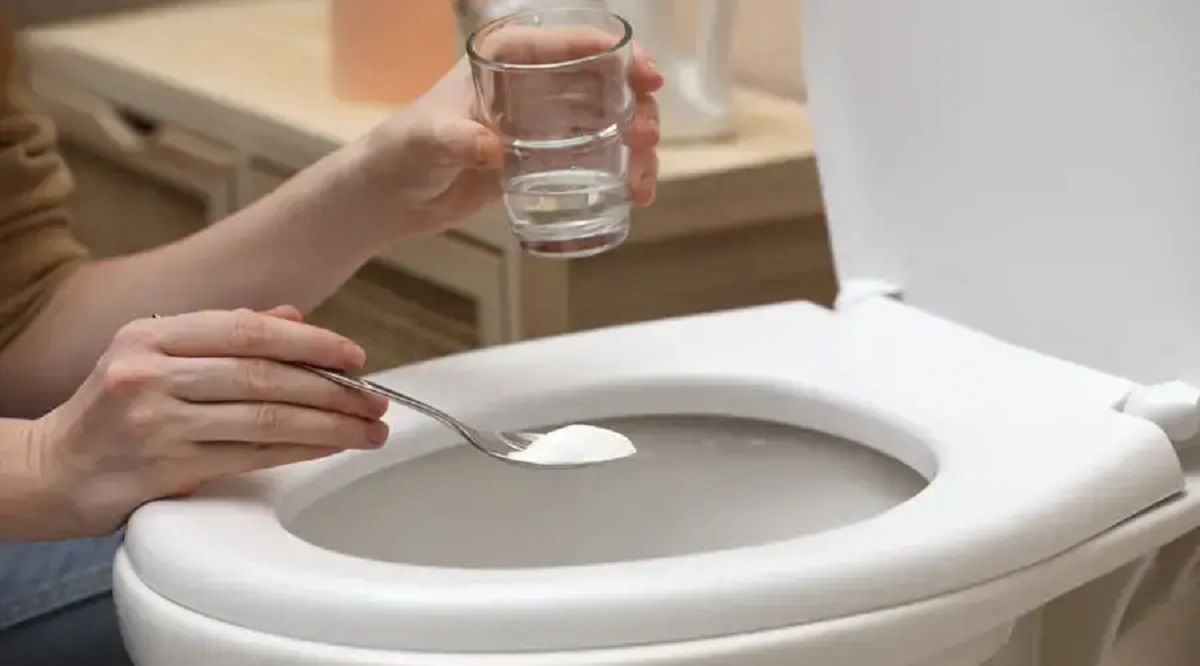
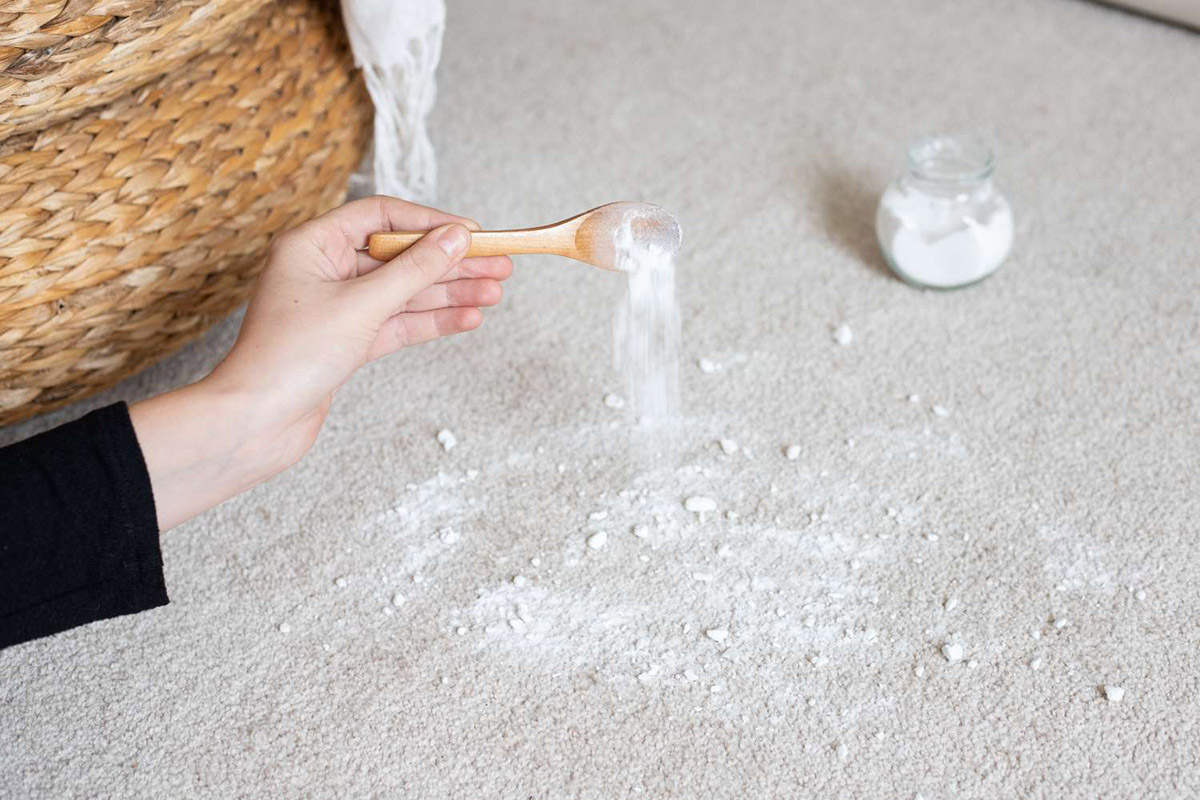
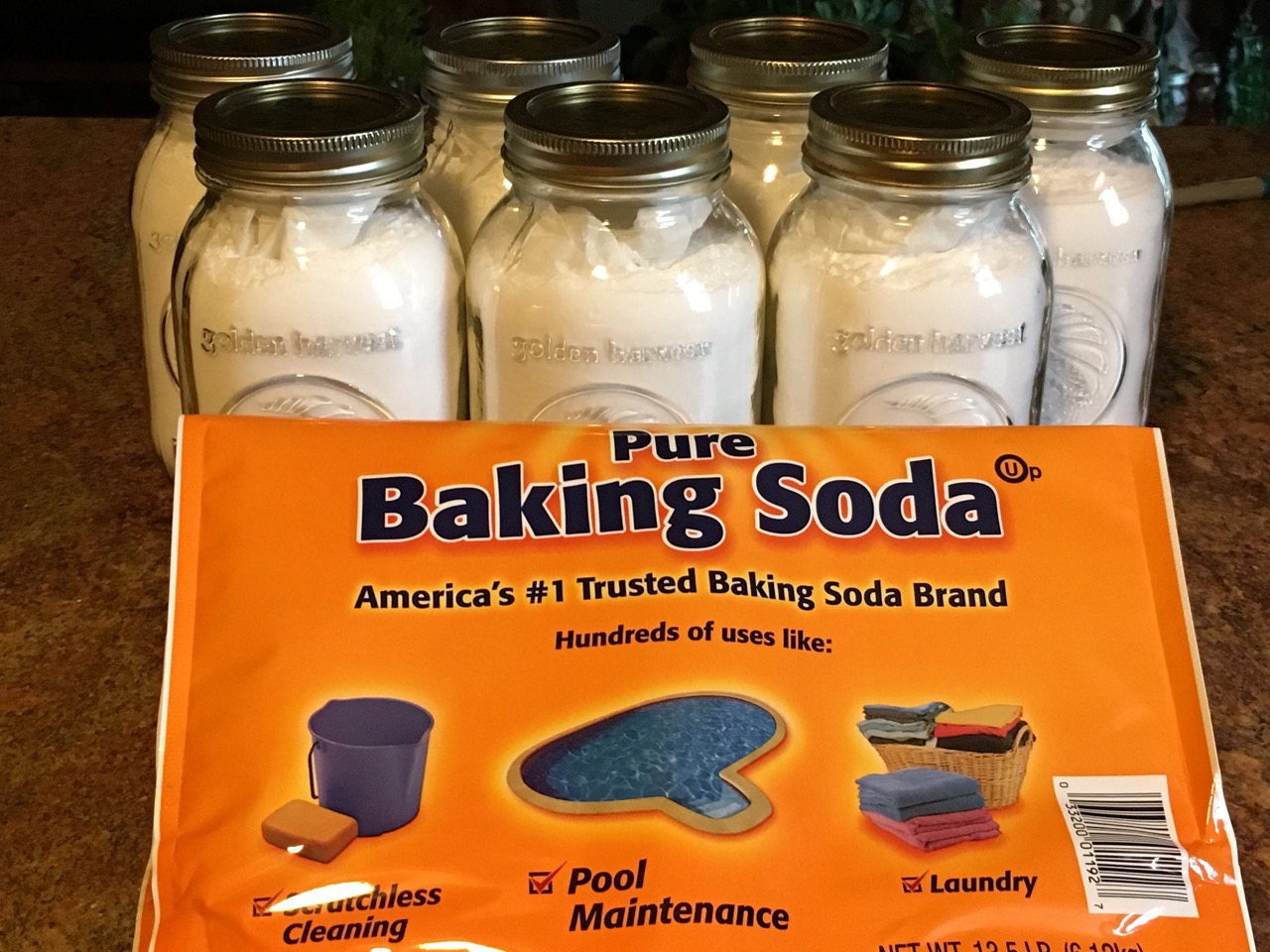
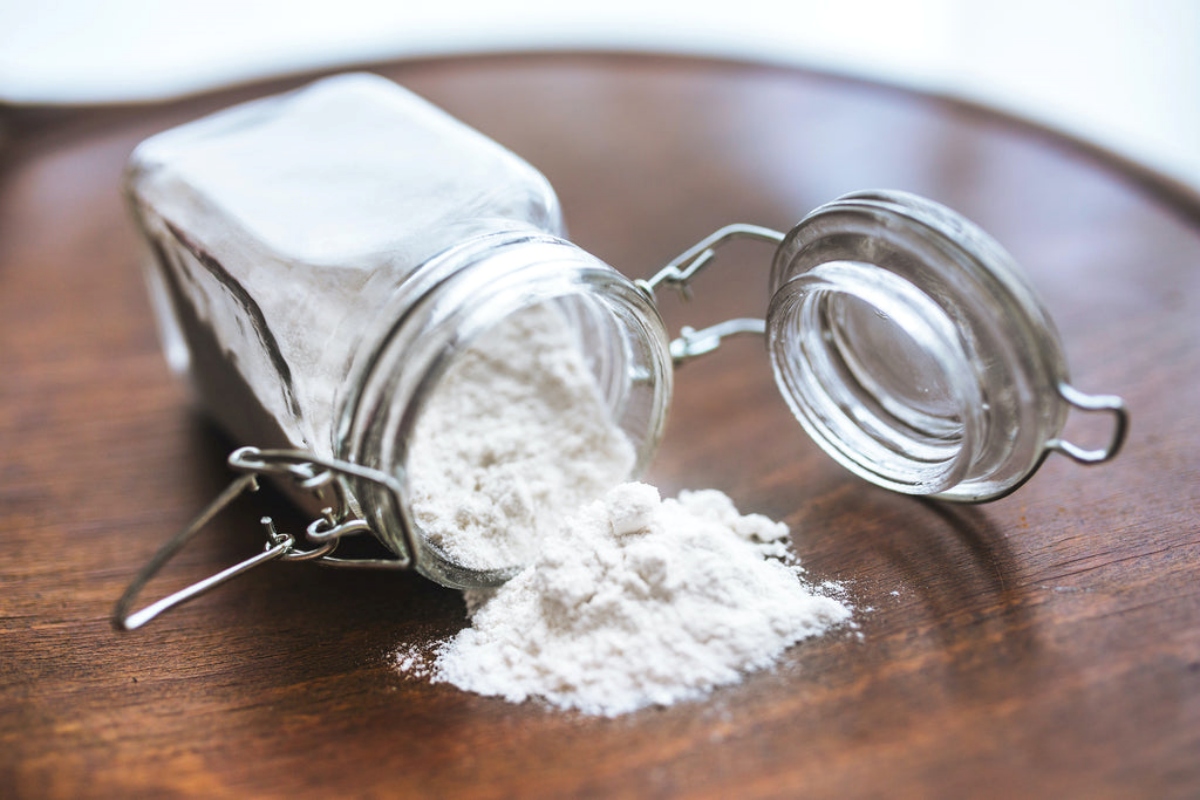
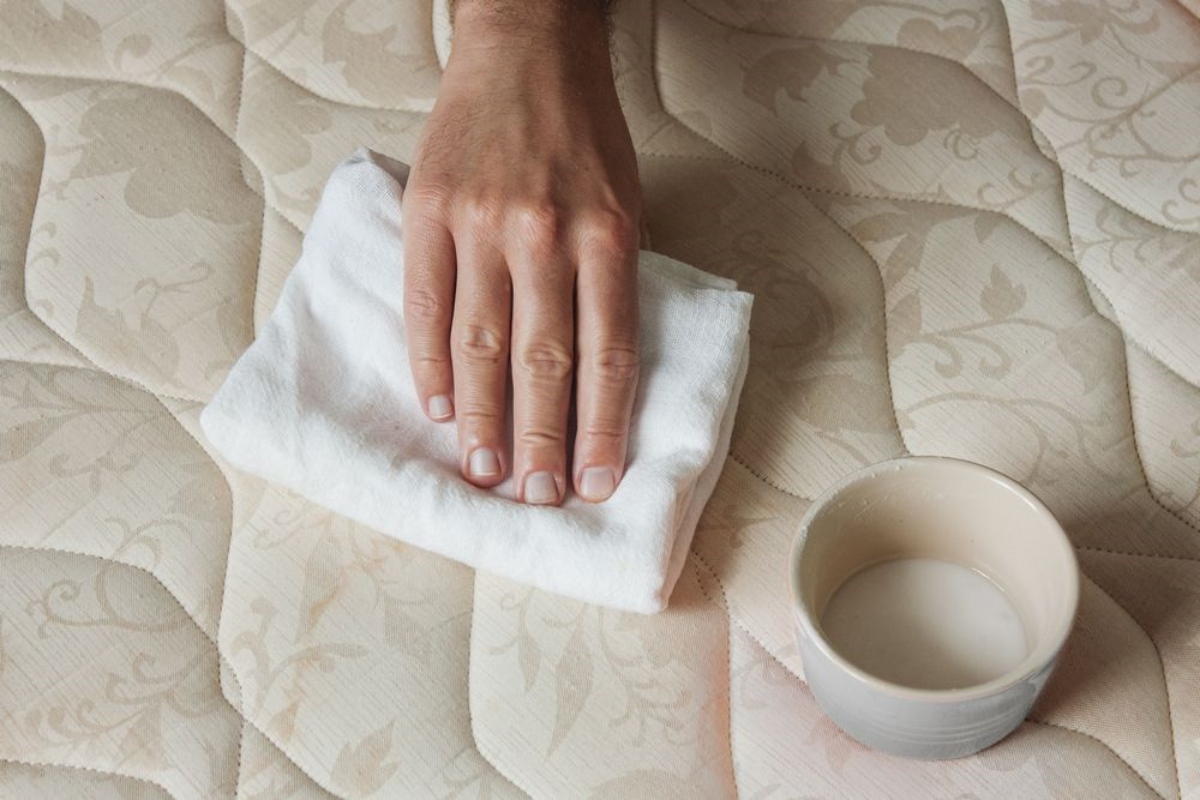
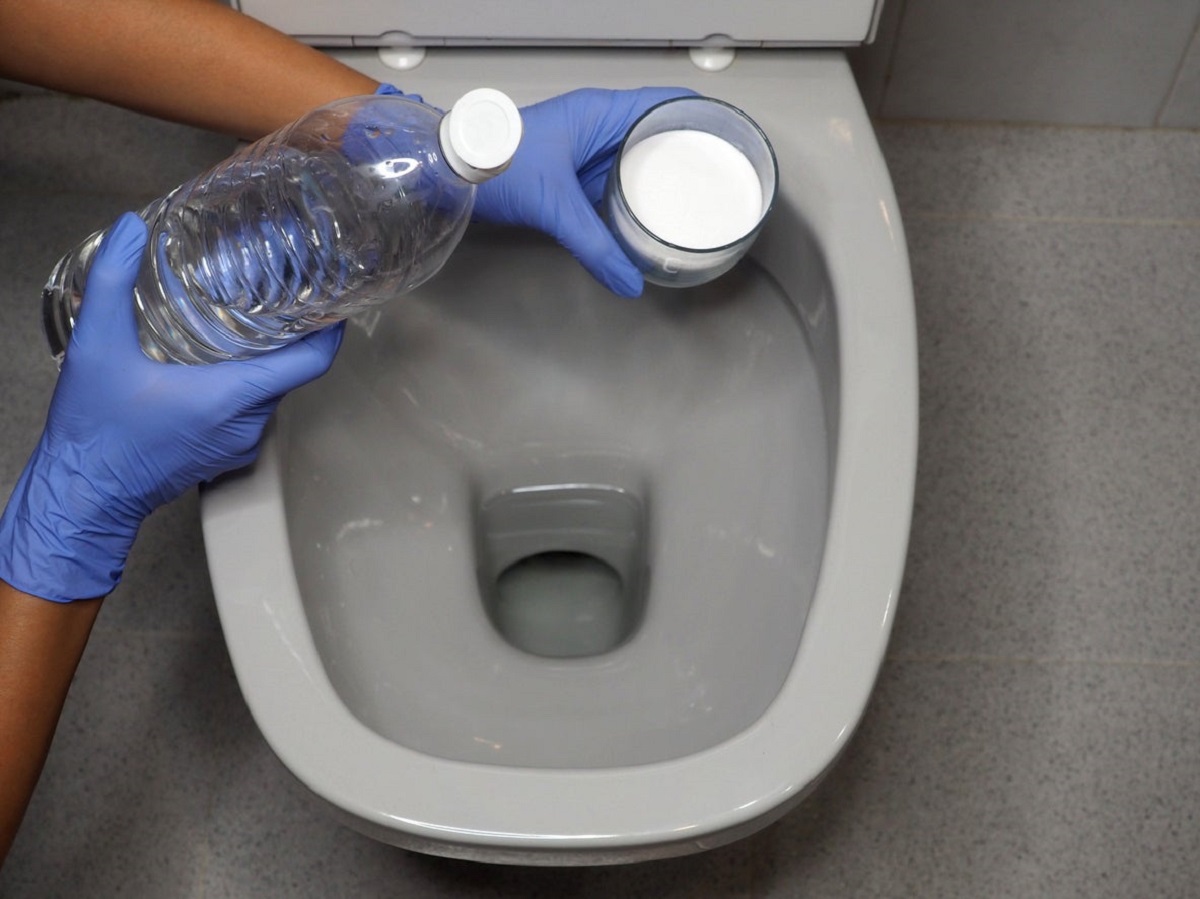
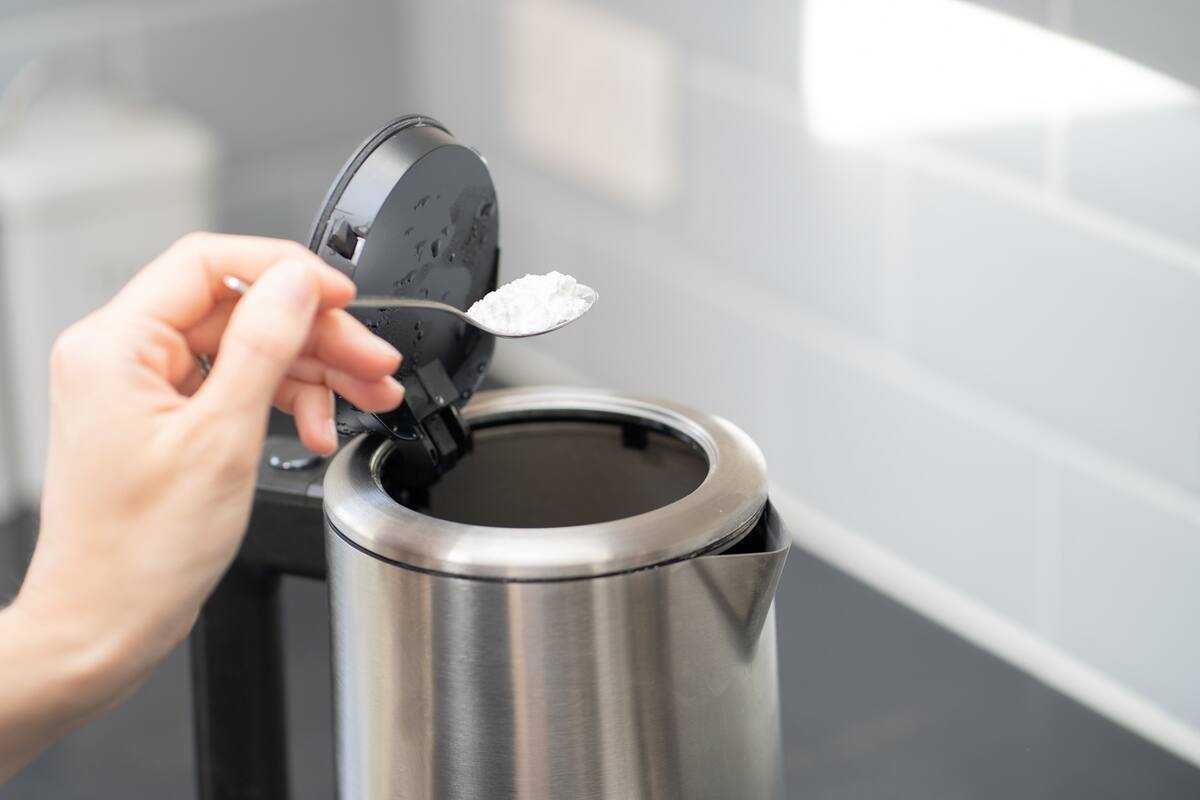

0 thoughts on “How To Wash Pillows With Baking Soda”